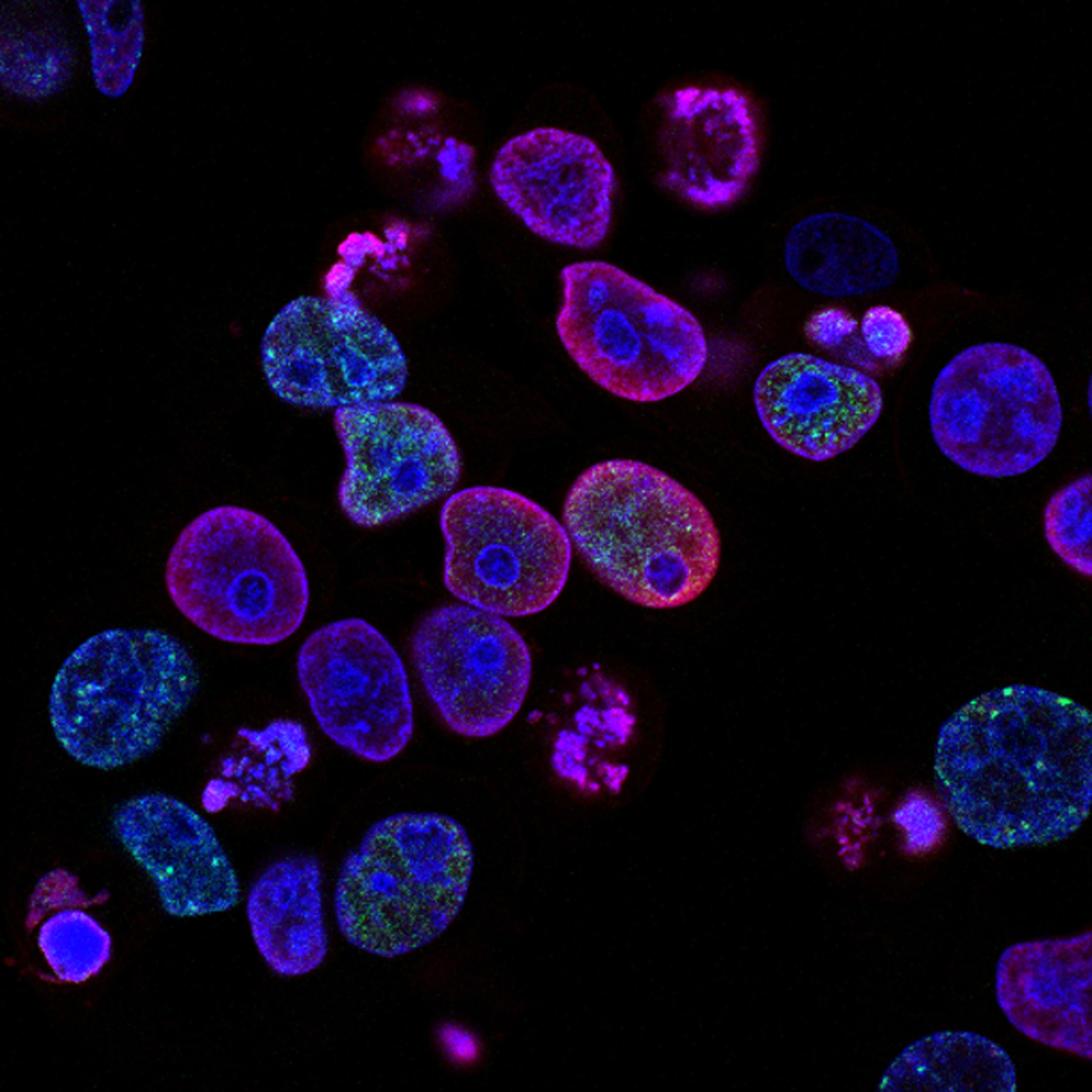The relationship of tumor microenvironment and clinicopathological parameters in different molecular subtypes of breast cancer
DOI:
https://doi.org/10.17532/jhsci.2021.1121Keywords:
Breast cancer, molecular subtypes, tumor microenvironment, matrix metalloproteinase-9, tumor-stroma ratioAbstract
Introduction: Tumor microenvironment plays a significant role in tumor progression. Tumor stroma is one of the strongest modifiers of tumor cell response, cancer behavior, and cancer progression. This study aimed to investigate the correlation of matrix metalloproteinase-9 (MMP-9) expression and tumor-stroma ratio (TSR) with standard clinicopathological parameters in different molecular subtypes of breast cancer.
Methods: Ninety biopsy samples of primary breast cancer diagnosed at the Department of Pathology, School of Medicine, Sarajevo, were selected for this study. The molecular subtype was determined based on the immunohistochemical expression of estrogen receptor, progesterone receptor, human epidermal growth factor receptor 2, and Ki-67. Stromal and tumoral MMP-9 immunohistochemical expression and the TSR were determined for each tumor.
Results: Tumoral MMP-9 expression correlated positively with the presence of lymphovascular invasion (p= 0.016). TSR showed significant association and correlation with tumor grade (G) (p= 0.031; p= 0.049) and tumor size (pT) (p = 0.049;p= 0.021, respectively). Stromal MMP-9 expression correlated with histologic type, histologic grade of tumor, and lymphocytic inflammatory infiltrate (p= 0.021;p= 0.047, p= 0.038, respectively). A higher percentage of stromal MMP-9 expression correlated with the strongest lymphocytic response (p = 0.007). Significant correlation was observed between molecular subtypes and histologic grade of the tumor (p= 0.032).
Conclusion: Our results, to some extent, confirm the significance of the tumor microenvironment in breast cancer, especially when it is about stromal MMP-9 expression. Although we observed significant association, without linear correlation, we found no significant correlation between molecular subtypes of breast cancer and MMP-9 expression.
Downloads

Downloads
Published
License
Copyright (c) 2021 Nina Camdzic, Suada Kuskunovic-Vlahovljak, Svjetlana Radovic, Mirsad Doric, Mirsad Babic, Edina Lazovic Salcin, Amir Spahic

This work is licensed under a Creative Commons Attribution 4.0 International License.










